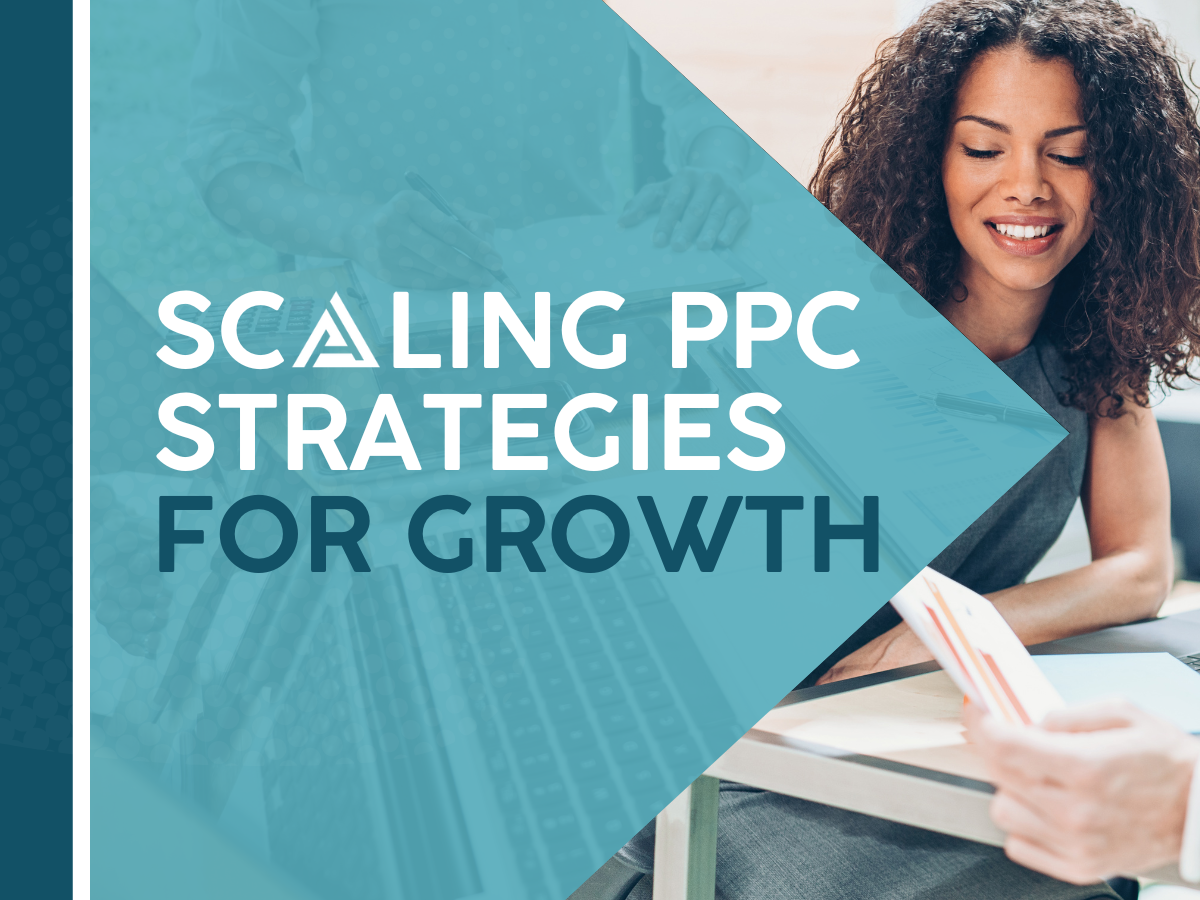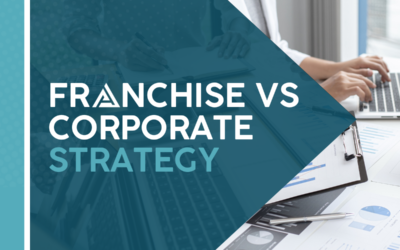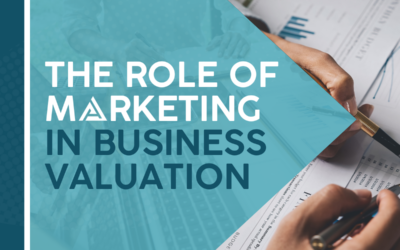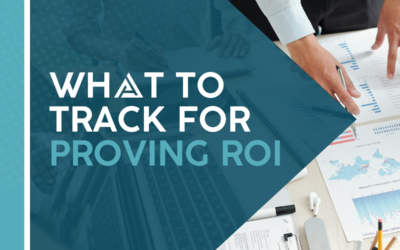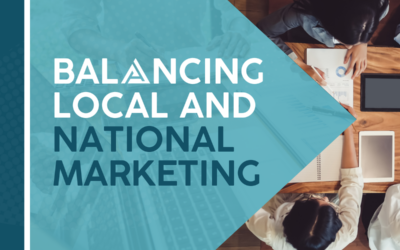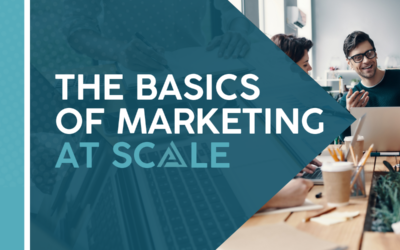Paid advertising, like Google Ads or Meta Ads, is one of the fastest ways to expand your brand’s reach in a target market. But for businesses with multiple locations, scaling paid campaigns isn’t as simple as just turning up the budget. If it were that simple, this writer would be somewhere turning up budgets. But instead, we as marketers need to remain conscious of a simple fact: each and every location has its own audience and its own competitive landscape – all of which will be varying degrees of different from other locations.
This article looks at how multi-location businesses can strike that perfect balance between centralized national advertising efforts and local visibility – and most importantly, how to do it in front of the right audience.
We’ll cover strategies for taking advantage of geo-targeting, using dynamic ad content, and we’ll discuss the types of performance-based budgeting that are available. It doesn’t matter if you’re running a chain of fitness centers or medical practices, these advertising tips will help you scale up campaigns that work well across different markets or regions..
By the end of this article, you’ll know how to use paid ads to drive revenue expansion. That might mean boosting your top performers, or it might mean finding new growth opportunities for the locations that need a little lift. Let’s get started.
Understanding the Landscape of Multi-Location Paid Advertising
It should go without saying, but we’ll say it for the sake of being thorough: paid advertising for multi-location businesses isn’t just running one big campaign and hoping it sticks everywhere. That’s a great way to burn your advertising budget quickly.
At its core, a national marketing for a multi-location brand is a collection of highly targeted local campaigns – with each one needing to find a way to be relevant in its respective market. The real challenge, then, and the magic, is in managing all of these campaigns at once, and in a unified way. Every location has a different audience, and they all have different dynamics.
Here are some of the key challenges:
- Geo-Targeting Precision: Making sure that your ads reach the right audience without wasting money on people that are outside of your target area.
- Budget Allocation: Balancing resources between your high-performing locations and the ones with undiscovered potential.
- Performance Tracking: Using the latest tracking tools to measure ad ROI effectively, so you can attribute success to specific campaigns and the correct sources.
- Consistency vs. Customization: Discovering quickly how to strike the right balance between getting across your national message and establishing local relevance.
- Choosing the Right Bidding Strategy: Manual CPC or automated bidding? What about ‘maximize conversions? Understanding the different bid strategies can be challenging at the start.
Building a Multi-Layered Paid Advertising Strategy
National-Level Advertising
At the national level, your paid advertising efforts should be working to build brand awareness, credibility, and authority. These types of campaigns will be broad, since they’re designed to drive home the overall brand identity and message.
Key Tactics:
- Consistent Branding: Be consistent with your visuals and your messaging language, to build trust in all markets.
- Broad Audience Segmentation: From the highest levels, target the customer demographics that match the brand’s overall customer base.
- Awareness Campaigns: Promote the more general initiatives, like seasonal offers or on national holidays – this is great for engaging a wide audience.
Local-Level Advertising
Local campaigns on the other hand need to take advantage of market-specific opportunities. When creating locally-focused ads, remember that you’re ultimately trying to drive foot traffic and/or specific online conversions by addressing local audience needs. This is vastly different from a brand-focused national campaign.
Key Tactics at the Local Level:
- Geo-Targeting: Use the built-in geo-targeting function in platforms like Google Ads and Facebook to target specific zip codes, cities, counties, regions, and states.
- Localized Messaging: Adapt the ad copy and creative assets to match local culture, or to address customer pain points.
- Location Extensions: Use any relevant location-specific details in your ads to improve their visibility – that means addresses, phone numbers, and store hours.
Budget Allocation: The Art of Strategic Spending
Not all locations are created equal – neither should their ad budgets be. Smart budget allocation is how advertising becomes a dependable growth driver, not just an obligatory spend. As always, the key is striking the right balance – constantly analyzing the data, keeping an eye out for trends, and always staying nimble enough to adjust the budgets on the fly.
Strategies for Budget Optimization:
- Tiered Allocation Model: Divide your locations into tiers based on their performance (i.e., conversion rates, foot traffic) and adjust budget allocation accordingly.
- Dynamic Adjustments: Monitor your campaign performance in real-time, especially early on. Redistribute budgets when you see opportunities to capitalize on trends or win in an underperforming area.
- Seasonal Spending: Increase ad spend during peak seasons or local events, when you know customers will be looking for the services or products you offer.
Bidding Strategies for Multi-Location Paid Advertising
Ready to really get into the advanced stuff? When you’re managing the paid advertising for a multi-location business, finding the right bidding strategies is the backbone of success. But it’s not always easy or straightforward. Below, we’ll explain some of the most useful bidding strategies, and we’ll look at how to use them in your multi-location campaigns.
1. Manual CPC vs. Automated Bidding
Manual CPC (Cost-Per-Click):
This strategy gives you complete control over how much you bid for each click, giving you granular control over your budget. If you’re nimble enough to make custom bids for specific high-priority locations, then you can compete in the areas that need it.
- When to use it: Manual CPC is great when you’re launching campaigns in new markets, testing new high-value keywords – or when competition is fierce in a certain location.
- Pro tip: Monitor metrics like CTR and conversion rates frequently – especially at first – to fine-tune your bids for each location.
Automated Bidding:
This strategy uses machine learning to adjust your bids automatically. The adjustments are based on things like user intent, local (or national) competition, and the likelihood of conversion. It’s useful to help businesses scale ads campaigns over many locations, and without the need for constant oversight.
- When to use it: Automated bidding is better for mature campaigns with a lot of performance data to back them up. With this, the algorithms can make smarter decisions for you.
Pro tip: Test some of the different automated strategies (like ‘Target ROAS’ or ‘Maximize Conversions’) to see which one is best for your location-specific goals.
2. Target ROAS (Return on Ad Spend)
Target ROAS, another automated strategy, lets you set a specific return goal. Then the system works to automatically adjust your bids, with a priority on high-value clicks that have a higher chance of reaching the revenue goal. This essentially focuses your advertising dollars on the locations or products with the highest profitability.
- When to use it: This strategy is great for locations that have proven performance histories; past data can guide bidding optimization in the future.
Pro tip: Make sure that you create separate campaigns for different regions, or different product lines. If you refine your campaigns this way, you avoid diluting your results and missing your ROAS goals. A one-size-fits-all approach is not advisable here.
3. Maximize Conversions
This is a strategy that is focused primarily on driving the maximum number of conversions within the budget you set. Whether it’s form submissions, calls, or purchases, this strategy is good for locations that need a quick boost.
- When to use it: Try this bidding strategy for locations where visibility is low but conversion potential might be high, or if you don’t have the historic data for other approaches.
Pro tip: When using ‘Maximize Conversions,’ make sure you set well-defined, meaningful conversion goals like online bookings or in-store visit confirmations, so you’re only spending money on meaningful conversion with clear intent.
4. Cost Cap or Bid Cap Strategies
Cost cap and bid cap strategies let advertisers control costs by letting them set maximum limits on the cost per conversion (the ‘Cost Cap’), or the bid amount (the ‘Bid Cap’). The system still optimizes for best results, but it operates within the constraints that you set. What you’re telling the platform is: “I want you to get me conversions, but I’m not willing to pay more than this exact amount for each one.”
- When to Use It: Cost cap and bid cap strategies are most useful in two specific scenarios:
- For Low-Margin Services: If the product or service has really thin profit margins, then maintaining a tight cost per acquisition (CPA) is a must for profitability.
- For Testing New Locations: When you’re launching ads in a new market and the audience behavior might be uncertain, a cost or bid cap strategy is useful for keeping the costs predictable until you get some solid data coming in.
Pro Tip: Save the bid caps for when you suspect purchase intent may be lower. For example, if you’re targeting a broader and less-qualified audience with cold lead-generation, bid caps are a great way to make sure you’re not overpaying for clicks and impressions that may not fully convert.
Final Tips for Bidding Success:
Segment by Location: Always create location-specific campaigns to account for the natural differences in audience behavior, local competition, and market potential.
Monitor and Adjust Frequently: Paid advertising is a dynamic method of advertising, so use your performance data frequently to adjust bids and budgets – make the most of every dollar.
Test and Learn: A/B test different strategies and variations of your ads to refine your campaigns, and uncover what works best with your target audience.
Additional Advertising Features
Retargeting Campaigns
Retargeting is a no-brainer for bringing back users who’ve already shown interest in your brand, but didn’t make it all the way to the finish line. And for multi-location businesses it’s a powerful way to connect with potential customers, while also staying relevant to their specific area.
Pro Tip: Break down your retargeting audiences by location, too. Personalized and customized messaging – like highlighting local promos or store events – can make all the difference in getting that second click.
Automation Tools
Automation can be your best friend when you’re managing campaigns at scale. Tools like automated bidding and dynamic keyword insertion can make campaign management a much less painful experience. Multi-location businesses can use features like these to streamline their workflows and still leave room for local tweaks when they’re needed.
Measuring Success: Metrics that Matter
Tracking performance is about pinpointing what exactly is driving results, and knowing where improvements are needed. For multi-location businesses, focusing first on location-specific metrics is important to understanding how campaigns perform in different regions. And with great data and tracking, finding ways to improve your ROAS becomes much simpler.
Key Metrics:
- Click-Through Rates (CTR): A good indicator for how engaging your ads are to the target audience.
- Cost Per Click (CPC): Helps check the efficiency of your spending and make adjustments on bid strategy.
- Return on Ad Spend (ROAS): A broad measurement of revenue generated for every dollar that has been spent on ads.
- Local Conversions: Tracking specific actions, like booked appointments, calls, or online purchases, and make sure they’re all attributed to the location they came from.
Tools to Use:
- Google Ads Manager: For the most detailed ad campaign management and tracking.
- Facebook Business Suite: To analyze all Meta social media ad performance.
- Analytics Platforms: Tools like Google Analytics (GA4) or Tableau for an even deeper look into customer behavior.
Future Trends in Multi-Location Paid Advertising
AI and Machine Learning
AI-driven advertising platforms can now predict consumer behavior better than ever, and with that they can optimize bids and create hyper-personalized ad experiences at scale – more easily than ever before.
Actionable Insight: Use AI tools like Google’s Performance Max campaigns to automate and improve omnichannel ads.
Voice Search Integration
With the rise of voice search like Google Home, Alexa, and smartphone voice search usage in general, businesses are quickly trying to adapt their paid strategies to cover conversational queries like “Find an eye doctor near me.”
Pro Tip: Focus on valuable long-tail keywords and make sure you’re using location-specific language in your ad copy.
Scaling paid advertising for multi-location businesses is really about finding a good balance. Combining national branding with localized campaigns and using tools like geo-targeting and automation will let you bring your campaigns to the next level.
Stay flexible. Track performance constantly. Make adjustments when you see opportunities. And make sure you’re customizing your ads for every location’s unique audience. With a strategic approach like this your ads will become more than just impressions – they’ll become a powerful machine that drives growth.
Next up, let’s look at how social media can drive brand awareness, and some of the best practices for using social media to add even more to your growth efforts.


